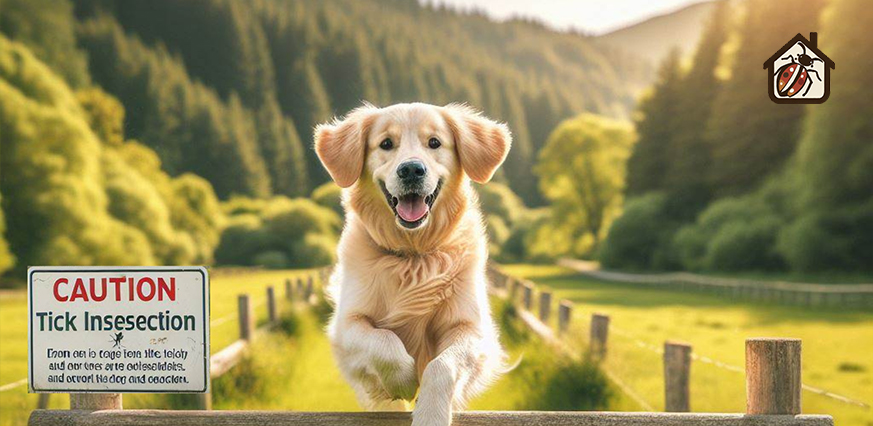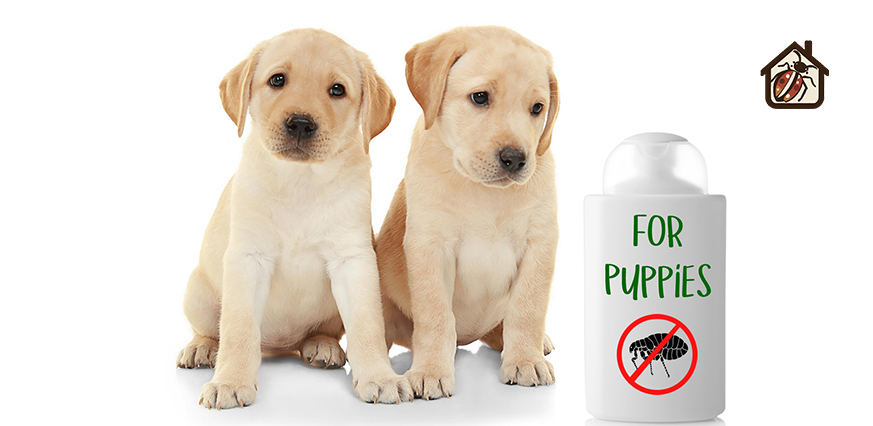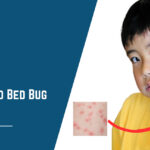
Flea and Tick Prevention for Dogs
Have you ever wondered how those annoying fleas enter your pet’s life and make it into a scratchy journey? Let’s investigate, flea and tick prevention for dogs. Keeping your pet flea-free begins with knowing where these tiny troublemakers originate from.
How do dogs get fleas and ticks?
Canine Contact

dog gets fleas and ticks
Imagine this: park dates, cuddles with the mailman’s animal companion, or runs into neighborhood stray dogs. Fleas are skilled hitchhikers, and they find a new home when your dog comes into close contact with an infected animal.
Environmental Encounters

tall grasses in the garden
Even in your garden, long grass and leaf heaps are great places for fleas to congregate since they are damp and shaded. Thus, your dog may unintentionally bring along some unpleasant guests when exploring these flea havens.
Indoor Invaders
Don’t let your comfortable house deceive you! Fleas can travel with rodents, birds, and even your clothing and shoes. They made camp inside and waited for a furry buddy to come along.
Puppies and Parasites
Not even the tiniest puppies are immune. Moms can transmit fleas to their nursing puppies. Therefore, you must keep a closer look out for these little troublemakers if you’re bringing home a new fur baby. Let’s be cautious and prevent those fleas from coming!
What are the vet recommendations for flea and tick prevention?
It may be difficult to navigate the world of tick and flea prevention for your pet, don’t you think? But don’t worry, we’ve got you covered! Gaining knowledge about your alternatives and consulting a veterinarian can provide you with the necessary tools to eradicate bothersome parasites and ensure the safety and well-being of your furry friend.
Oral flea and tick prevention for dogs
These delectable tablets, such as NexGard, Bravecto, and Simparica Trio, offer broad-spectrum protection against fleas and ticks for dogs who don’t like to bother. They also last a month or longer, which makes them incredibly useful.
Topical flea and tick treatments
Topical Treatments for Fleas and Ticks: Simple and Easy! Treating your dog’s skin directly monthly with products like Advantage II, K9 Advantix II, and Frontline Plus effectively kills and deters fleas and ticks.
Just make sure you apply them correctly and wait a little while before swimming.
Flea and tick collars for flea and tick prevention
Year-round defense without the bother of monthly maintenance! Insecticides are released over several months by collars like Seresto and Foresto.
Just keep an eye on fit and be mindful of any skin sensitivity, particularly in the case of our more sensitive dogs.
Shampoos for flea and tick prevention

Shampoos for flea and tick prevention
Products such as Adams Plus and Hartz UltraGuard Plus can provide short-term relief from an infestation of fleas and ticks. Be aware that they are more of a temporary solution.
Flea and tick sprays and wipes
Easy fixes for an unforeseen infestation of bugs! Wipes like Capstar and sprays like Vetericyn offer instant knockdown. They don’t provide long-term protection, but they’re fantastic in the short term.
Flea and tick yard treatments
Since fleas and ticks also enjoy being outside! Treating your yard with Bayer Advanced or Ortho Home Defense can help stop the cycle of pest life in your lawn. We want our dogs to be secure both inside and outside, after all!
What is the best natural flea and tick prevention for dogs?
| Method | How to Apply | Environment | Duration | Notes |
| Essential Oils (Cedarwood, Citronella) | Dilute in carrier oil & apply sparingly | Repellent for outdoor/indoor | Short-lived (few hours) | Harsh on the skin, may not be effective |
| Diatomaceous Earth (DE) | Dust directly onto fur or bedding | Outdoor/indoor (not on furniture) | Up to 7 days | Messy, can irritate skin/lungs, needs reapplication |
| Herbal Supplements (Brewer’s Yeast, Garlic) | Feed orally | Indoor/outdoor | Variable (weeks to months) | Limited scientific evidence, potential side effects |
How to select the best flea and tick-repellant for dogs?
Age and Breed
The needs of puppies and seniors differ, and certain breeds may be allergic to particular substances. For advice that is suited for your age and breed, consult your veterinarian.
Lifestyle
Is your dog a couch potato or an outdoor adventurer? Make your decision based on their activity level and proximity to regions where fleas and ticks are common.
Health Conditions
You may have fewer alternatives if your dog already has allergies or other health problems. Discuss any possible drug interactions with your veterinarian.
You may also like:
FAQs
How often should I treat my dog?
What about yard treatments for flea and tick prevention?
Can puppies and seniors be treated for flea and tick prevention?
Should I switch preventatives often?
When to start flea and tick prevention for dogs?
What is the most effective flea and tick prevention for dogs?
What is the least toxic flea and tick prevention for dogs?
How important is flea and tick prevention for dogs?
Conclusion
Taking your dog’s age, breed, lifestyle, and health conditions into account will help you select the best flea and tick prevention for them. It’s important to customize your decision to your dog’s particular requirements. See your veterinarian for specific suggestions, regardless of whether you choose easy-to-chew treats, topical medications, collars, or fast-acting comfort products like shampoos and sprays.
You can keep your pet safe and content while protecting them from the itching of fleas and ticks by using the appropriate preventive measures.


